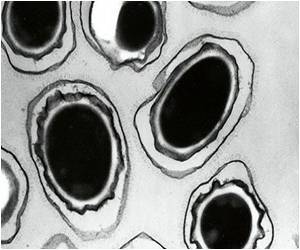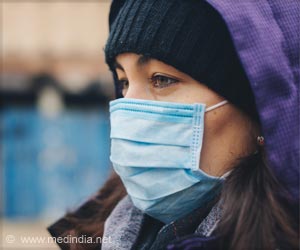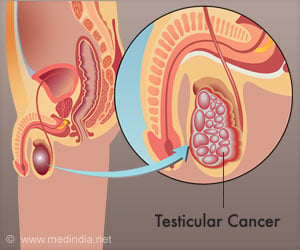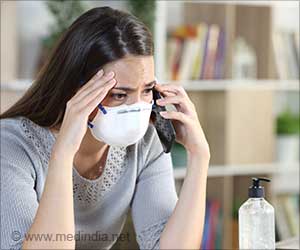
Last Updated -
May 20, 2025 - Designed & Managed by Medindia4u.com Pvt. Ltd.
Medindia's policies are aligned with the United Nations Sustainable Development Goals (SDGs) - SDG 3, SDG 4, SDG 5, SDG 6 , SDG 10 & SDG 12.
Disclaimer - All information and content on this site are provided for informational and educational purposes only. They should NOT be used for the diagnosis or treatment of any health-related condition or disease. Always consult a qualified healthcare professional for medical advice, diagnosis, or treatment.
Full Disclaimer
Advertise with us | Medindia Copyright | Privacy Policy | Terms of Use © All Rights Reserved 1997 - 2025


















